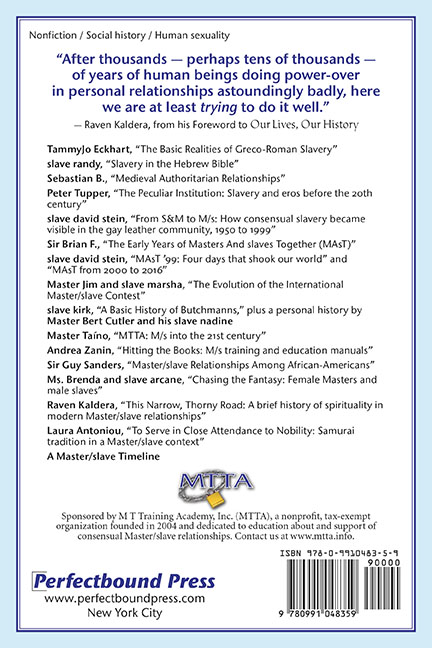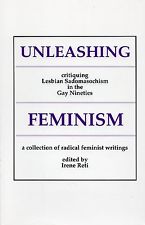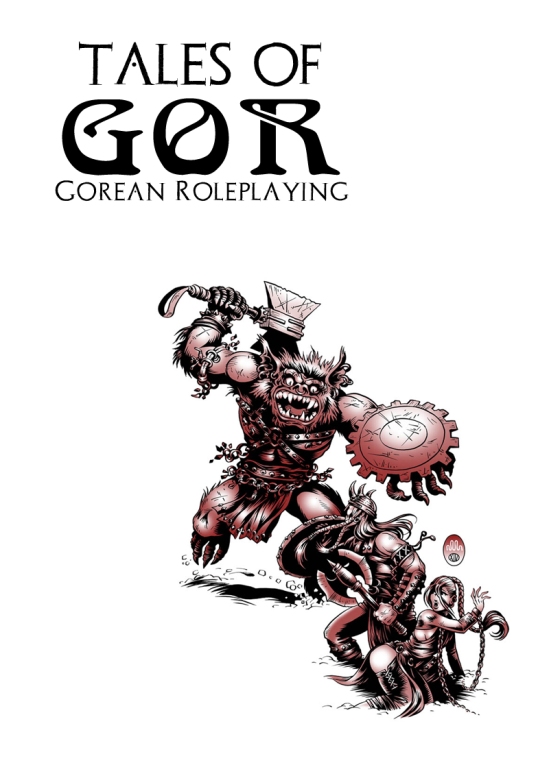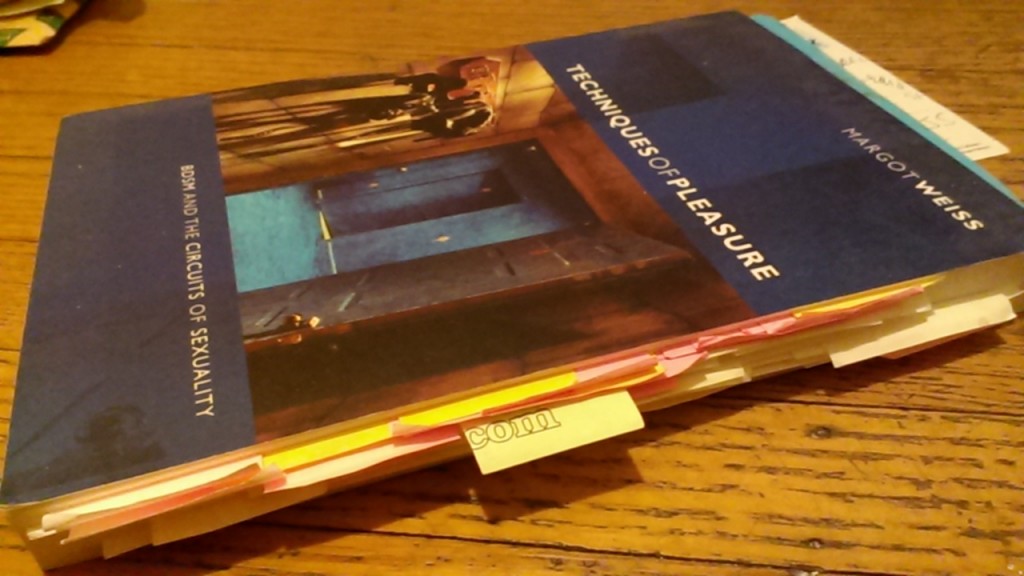Khan, Ummni. Vicarious Kinks: S/m in the Socio-Legal Imaginary. Toronto Univ. of Toronto Press, 2014.
Remember “Two Girls One Cup“? This video clip of two women appearing to eat feces out of a cup went viral a few years ago. I happened to be at a vanilla party where everybody wanted to take their turn seeing the clip, with the kind of horrified fascination usually seen in children poking a dead mouse. The clip went viral powered by that kind of attraction/repulsion experience, exposing it to an audience orders of magnitude larger than the probably tiny audience of corporophagia fetishists it was originally made for. Disgust is a powerful force in human experience, perhaps more powerful than desire.
Jamie Dornan, who played Christian Grey in the Fifty Shades of Grey film, was less than flattering in his view of the kink scene, as he told Elle UK:
He visits a sex-dungeon of course. “I went there, they offered me a beer, and they did…whatever they were into. I saw a dominant with one of his two submissives,” he says.
There was plenty of kink… and plenty laughter. “I was like: ‘Come on guys I know I’m not paying for this but I am expecting a show.’ It was an interesting evening. Then going back to my wife and newborn baby afterwards… I had a long shower before touching either of them.”
Not only did Dornan treat this as an exhibition for his pleasure, he evinced disgust afterwards, especially in the context of not touching his wife or child, as if he was contaminated. (Probably some of the people he observed had their own spouses and children. Did they take a long shower before touching them?)
Even people who are on the side of kinky people still need to express their disgust of BDSM. Law professor Alan Young, who defended Ontario pro-dominatrix Terri-Jean Bedford, wrote in his book:
Despite my championing of the S/M cause, I always had a bit of sadness when I thought about some of the characters inhabiting this sub-terranean world. It’s somewhat pathetic that someone has to dress up as Louis XV or as an infant in a soiled diaper and yell “Vive la France” or whimper “Mommy, don’t hurt me too bad” in order to get a sexual buzz. I find this sad because I still believe that vanilla sex is one of the most magnificent and oceanic experiences available in life’s repertoire. Who needs the costumes and the humiliation? Well, I guess some people do. [Pg. 278-279, quoting Young’s 2003 book, pg. 97]
Young uses words like “sadness” or “pathetic” to describe BDSM, while his own sex life is “magnificent and oceanic”. It’s not enough to say that he feels no attraction to BDSM, he has to denigrate it and valorize his own vanilla sexuality.
Both Dornan and Young described their reaction to BDSM as one of visceral disgust, and in so doing re-state their attachment to the normative values of heterosexual family and vanilla sexuality.
Continue reading »
Lanham, Md: Rowman & Littlefield Publishers.






